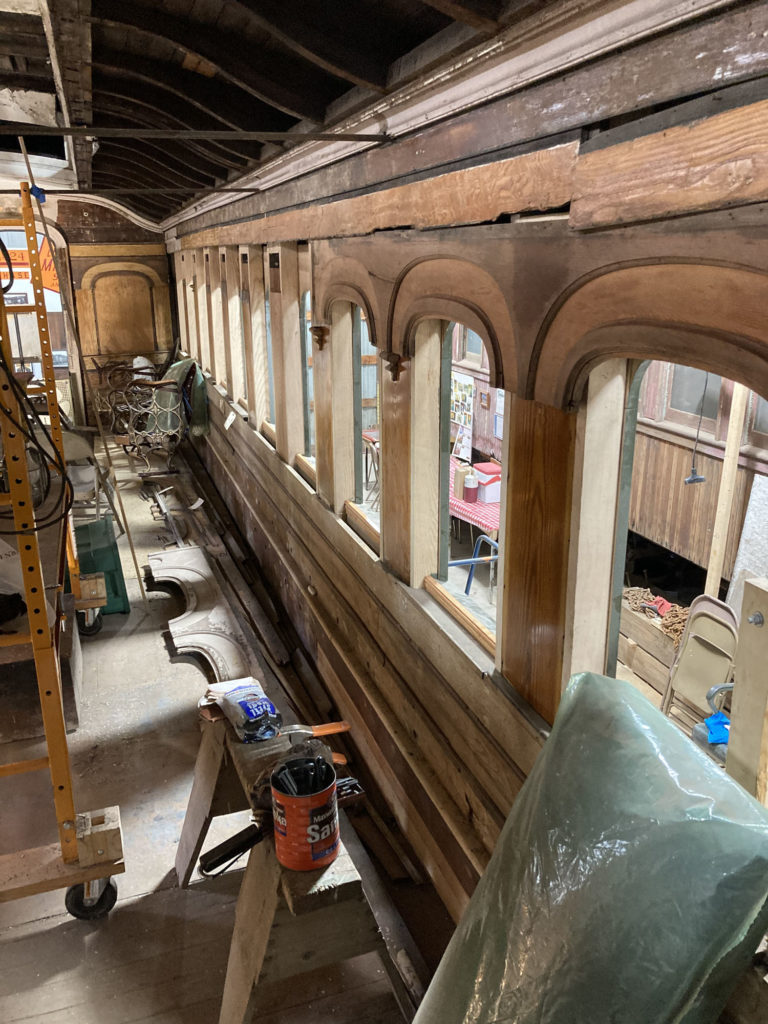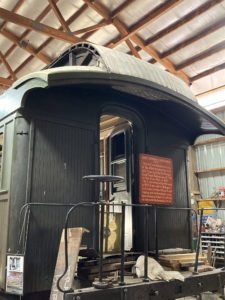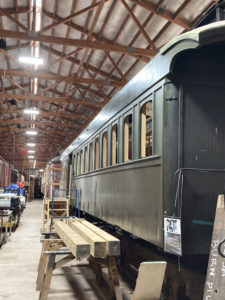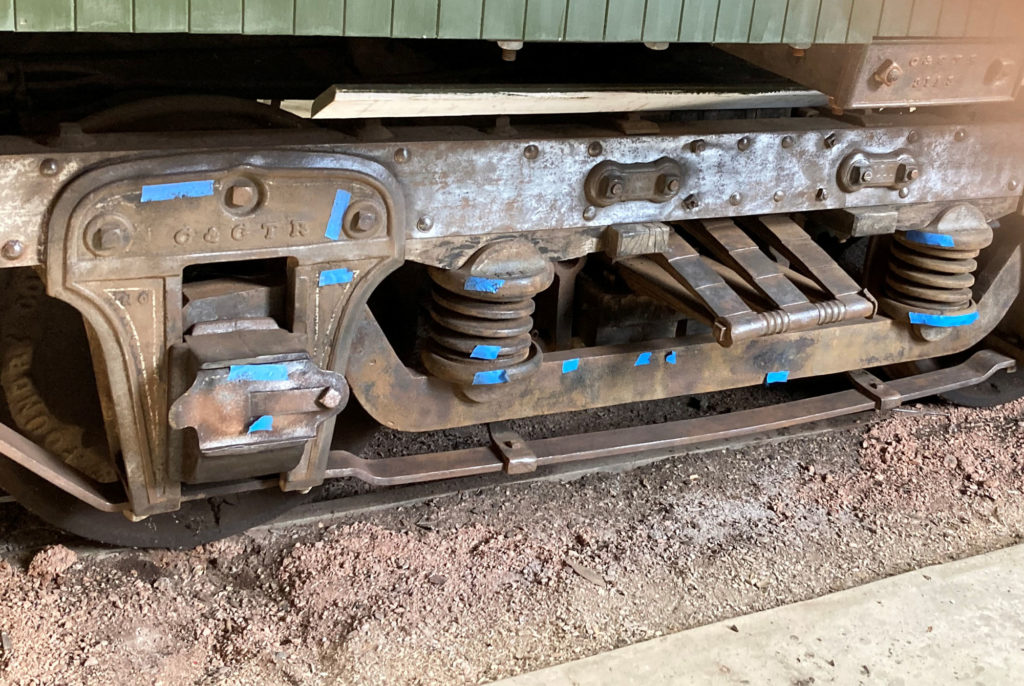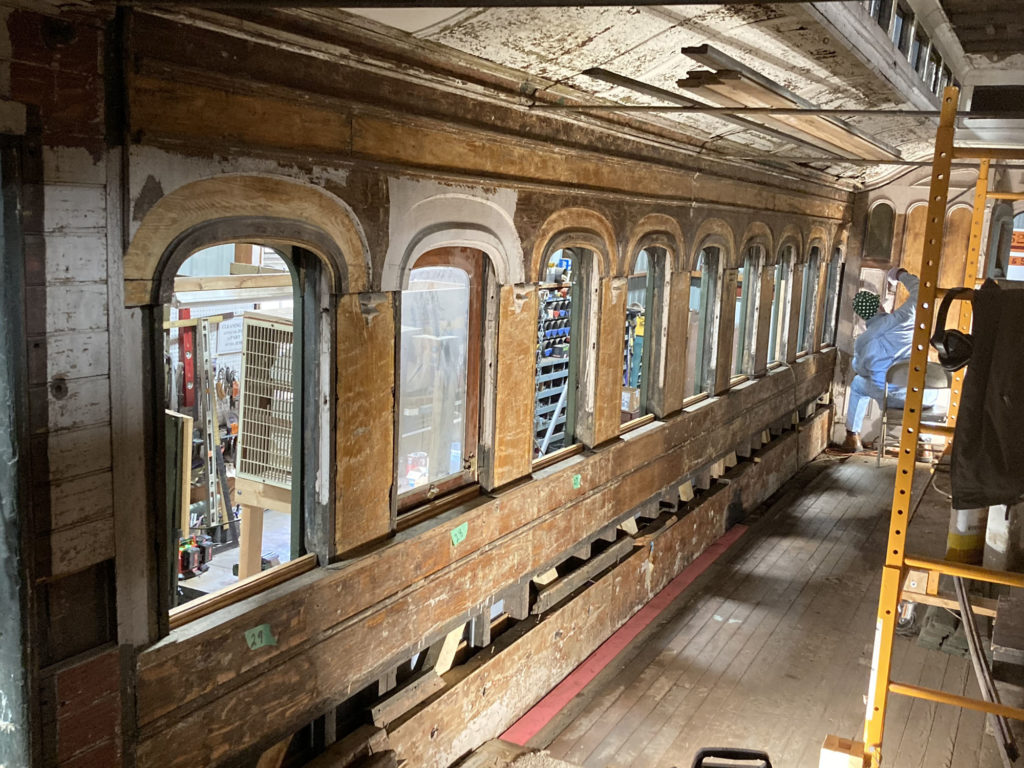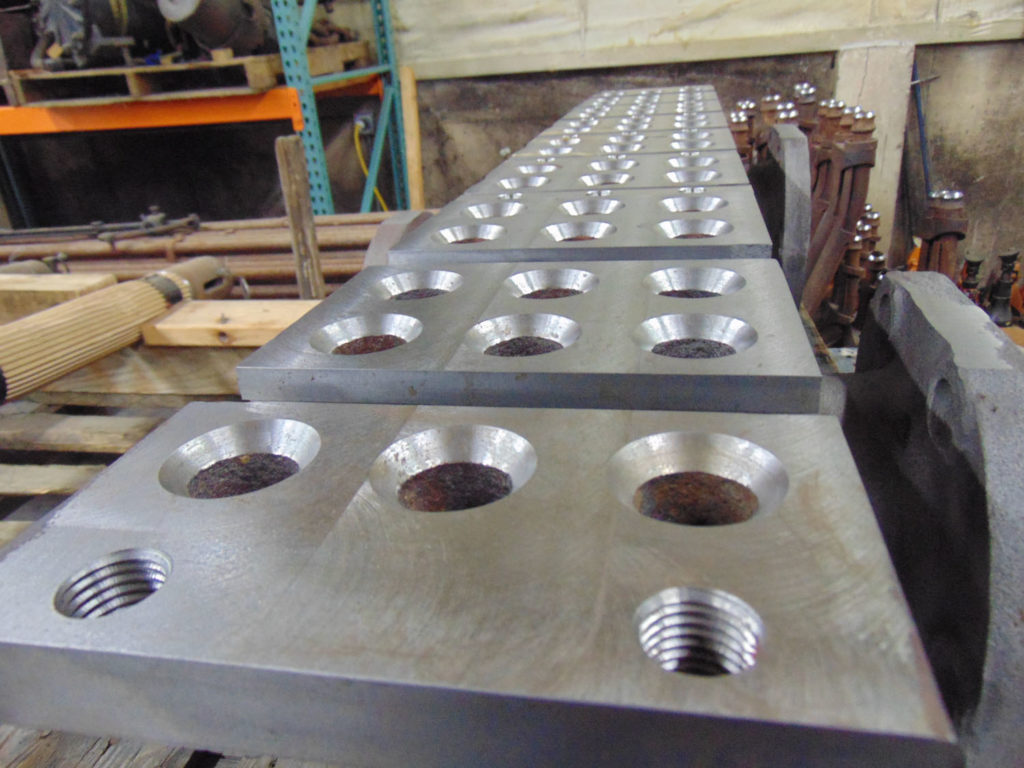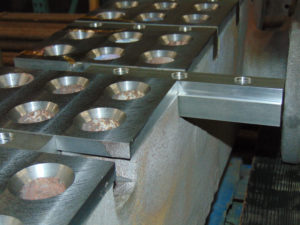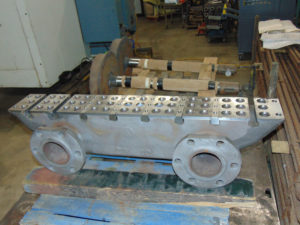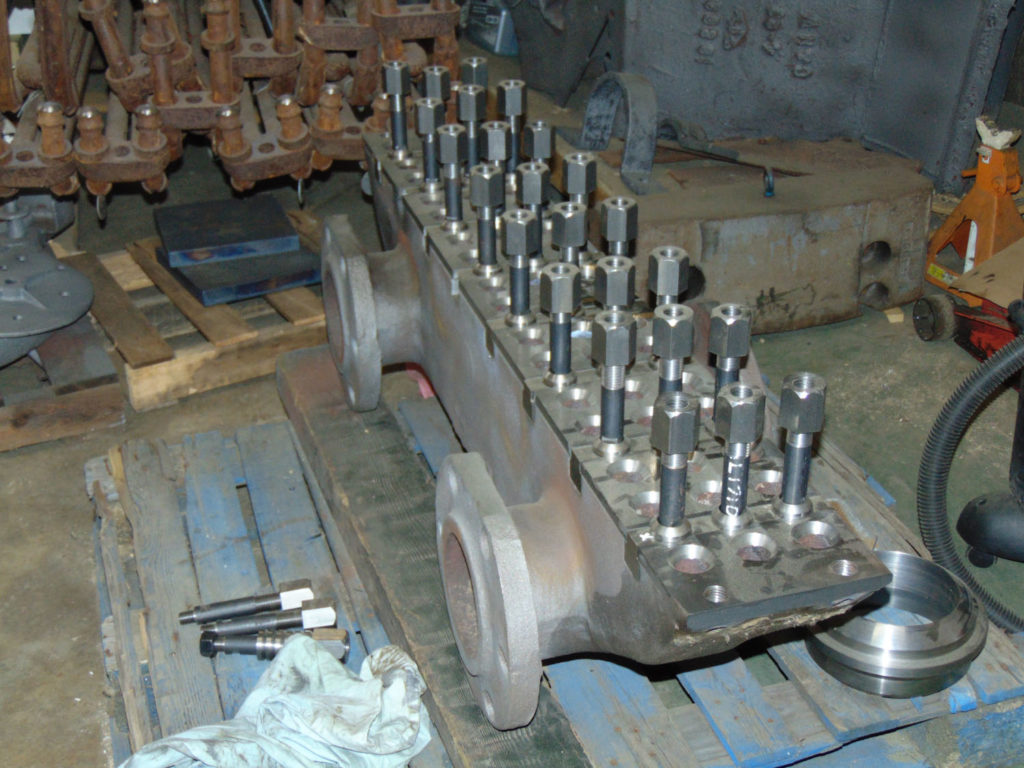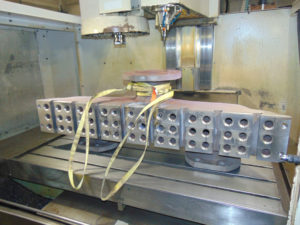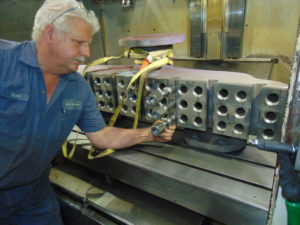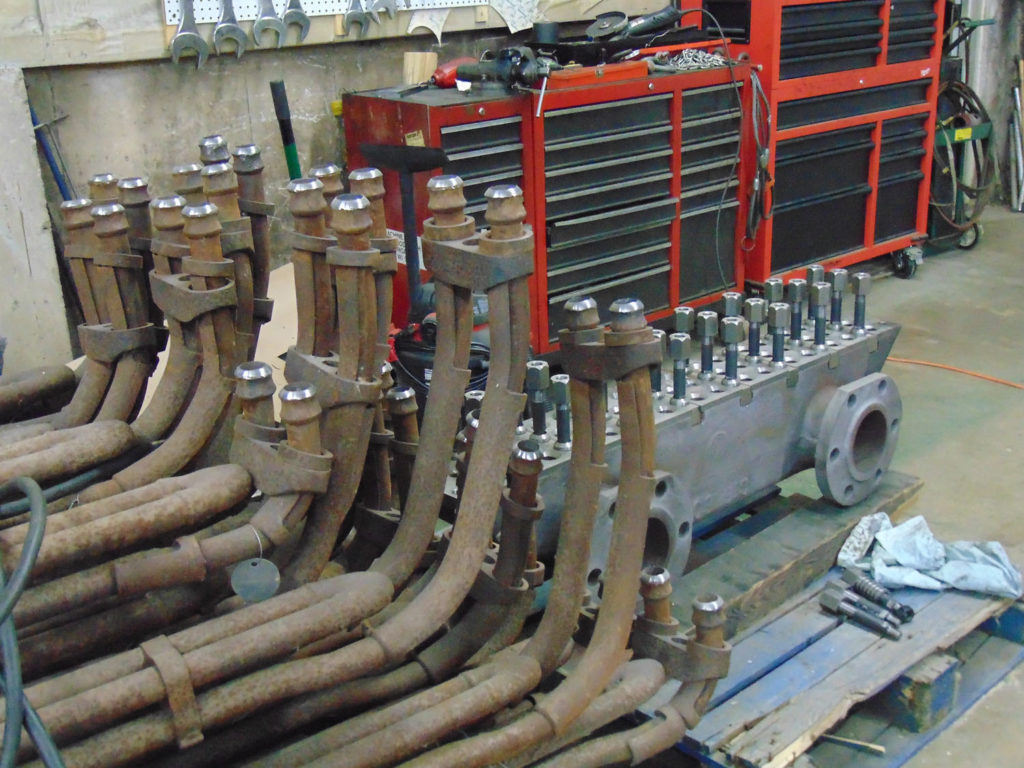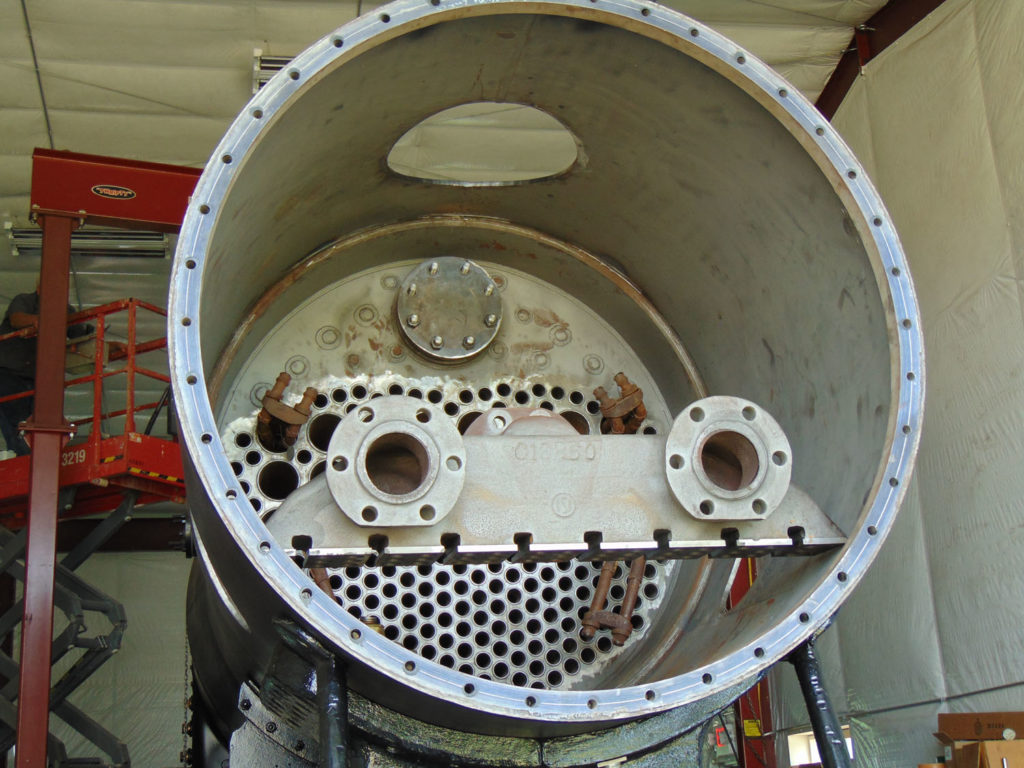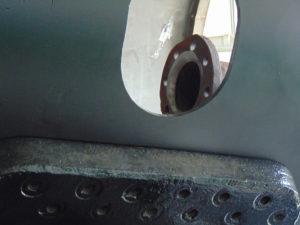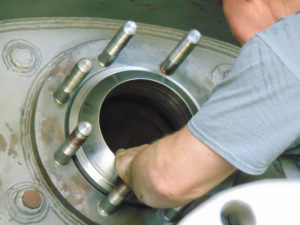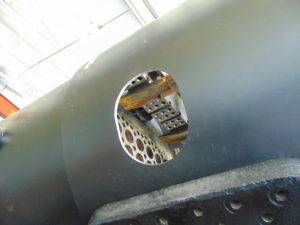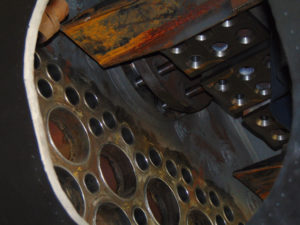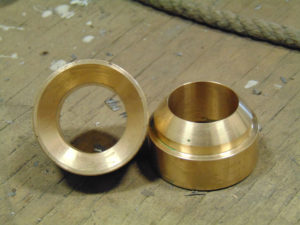Today’s steam status update looks at work taking place on the 1385’s dry pipe. Before jumping into a description of the work being done, it is helpful to first understand a little bit more about how boilers work and some of the terminology of steam.
The Science of Steam: Dry Steam Versus Wet Steam
The job of a dry pipe in the locomotive is that when the throttle is opened it will deliver the driest available steam out of the boiler proper and deliver it for the next stage of use by the locomotive. What that next stage is will depend on the type of boiler.
The idea of “dry steam” seems counterintuitive since steam is made from water and we generally think of water as being wet. However, in scientific terms, wetness is defined as “the ability of a liquid to adhere to the surface of a solid.” Pure steam is not liquid and does not adhere to a solid and is therefore not wet. If you place your hand over a boiling pot of water, the steam will make your hand wet only because the steam coming into contact with your hand is rapidly cooling off to the point at which it is able to recondense into liquid water again.
Converting and maintaining all of the water molecules into steam is not easily accomplished. The liquid water sloshing around inside the boiler and the extensive system of piping through which the steam must travel means there is plenty of opportunities for the tiny droplets of liquid water to get mixed in with the steam or recondense into liquid. Some of those tiny droplets fall back down into the liquid water lower in the boiler, but other droplets will become suspended in the steam. When a substance exists as a mixture of both gas and liquid such as this it is called vapor.
The ratio of gas molecules to liquid molecules is called vapor quality. For example, if a vapor contains 95% steam and 5% liquid, it is said to have a quality of 0.95 or 95%. Water vapor that contains very few suspended droplets is referred to as dry steam. Water vapor with a higher ratio of suspended droplets is referred to as wet steam. Dry steam, because it is less dense, rises above wet steam, which means the driest steam is always found at the top of the boiler.
How the Throttle and Dry Pipe Work
With the terminology and science of steam and its varying degrees of quality out of the way, let’s get back to the subject of the dry pipe. As was stated, the purpose of the dry pipe is to transport the driest available steam from inside the boiler to where it can be put to use by the locomotive. Since dry steam rises, a dome is added to the top of boilers so the driest steam can gather at a single location to make it easier to collect. This dome-shaped reservoir for dry steam is unimaginatively called the steam dome.
It is within the steam dome that 1385’s throttle is located. When the throttle is placed inside the steam dome, it is called dome throttle. Later locomotive designs which included superheaters (more on that in a moment) would often instead have the throttle at the front of the boiler next to the smokebox rather than inside the steam dome. Those are referred to as front-end throttles.
When the engineer pulls the lever on the 1385 to open the throttle, it permits the steam in the steam dome to enter the dry pipe where it is then directed to the next phase of use. C&NW #1385 was originally built as a saturated boiler, which meant that from the throttle the steam was sent directly to the cylinders for use in turning the wheels.
In 1898, the first superheated locomotive, a Prussian State Railways S4 series, was introduced to the world. In a superheated boiler, after the water has been heated to form saturated steam, that steam is then sent for another round of heating in the superheater. This accomplishes two things. First, it further dries the steam by converting the remaining liquid water droplets into steam, improving its vapor quality. Secondly, it introduces additional heat energy to the steam molecules. Greater heat energy means more work can be accomplished using the same amount of steam. This translates into better fuel and water efficiency and more tonnage that can be pulled by the locomotive.
Energy efficiency was taken very seriously by railroads even at the opening of the last century. To take advantage of the advancement of superheater technology, #1385 was modified by the Chicago & North Western in April 1926 to convert it from a saturated boiler to a superheated boiler. Many of its fellow R-1 class locomotives also underwent the conversion.
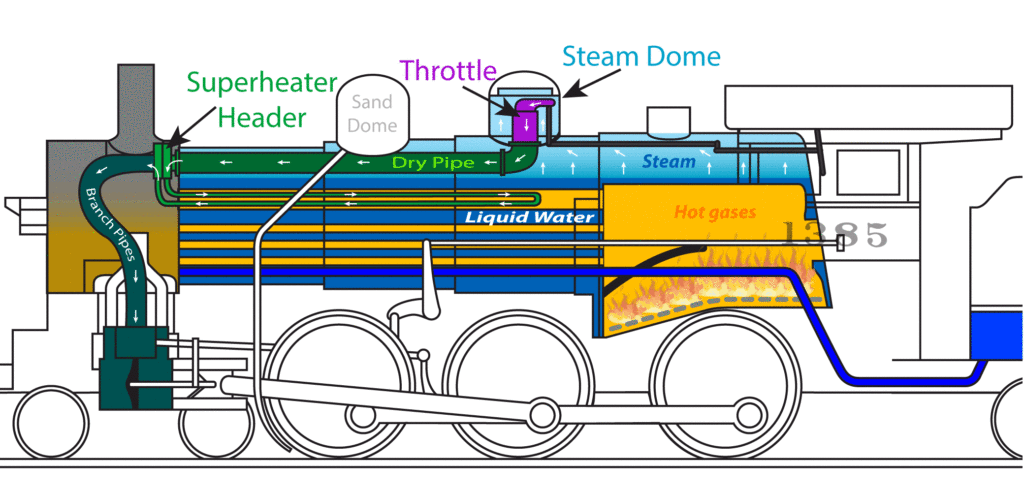
IMAGE 1: Simplified illustration of the throttle, dry pipe, and related components within the C&NW #1385 steam locomotive boiler.
Progress on C&NW #1385’s Dry Pipe
At the throttle end of the dry pipe there is an elbow that must seal to the bottom of the throttle so steam cannot leak in while the throttle is closed. The throttle end elbow has a machined sealing surface much the same as the bottom of the throttle (seen in Image 3) and a bronze ring or donut of the opposite shape is clamped between the two pieces as a metallic gasket. The bronze ring can be seen between the throttle and the elbow as Steve R. of SPEC Machine is fitting the pieces together (Image 4). A large U-bolt will cradle the dry pipe elbow and come up through the holes shown in the ears on the throttle body to clamp the pieces together and form a steam-tight seal.
-
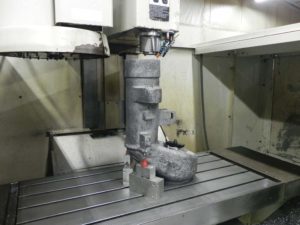
-
IMAGE 2: The throttle has its bottom sealing surface machined. The throttle is positioned upside-down in this image.
-
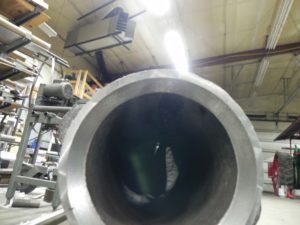
-
IMAGE 3: Detail view of the bottom of the throttle. This is the end that will connect to the dry pipe.
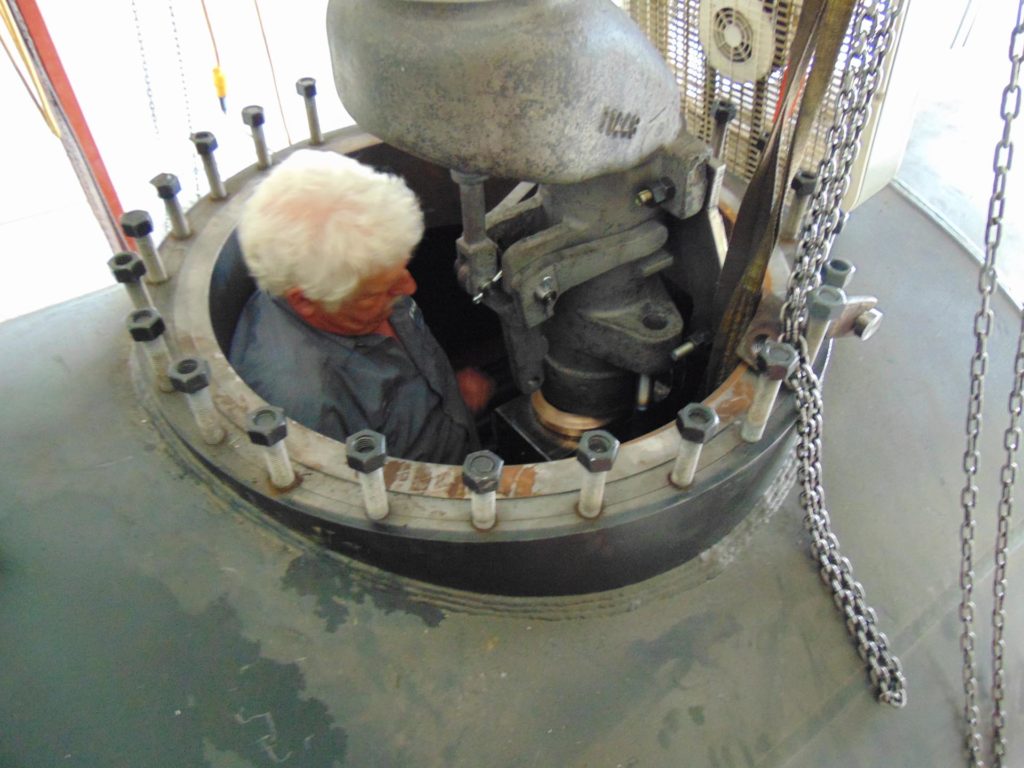
IMAGE 4: SPEC Machine’s Steve R. works to install the throttle. The access hole in which Steve is working will eventually be covered by the steam dome. Brett Morley photo.
The smokebox end of the dry pipe requires a double seal. The back side must seal tightly against the flange in the smokebox (circled in Image 5) to keep the steam inside the boiler. The front side has to seal tightly against the input flange of the superheater header (circle in Image 6) so the steam to be applied to the cylinders doesn’t leak out to the atmosphere.
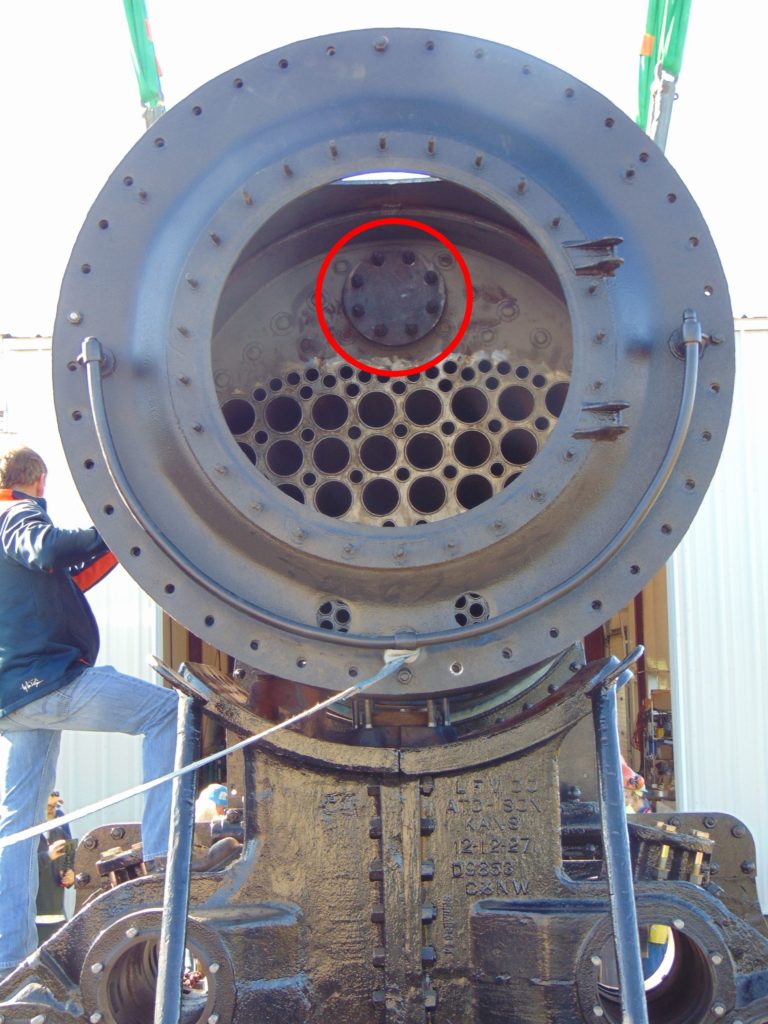
IMAGE 5: The red circle indicates where the dry pipe will pass through the front tube sheet.
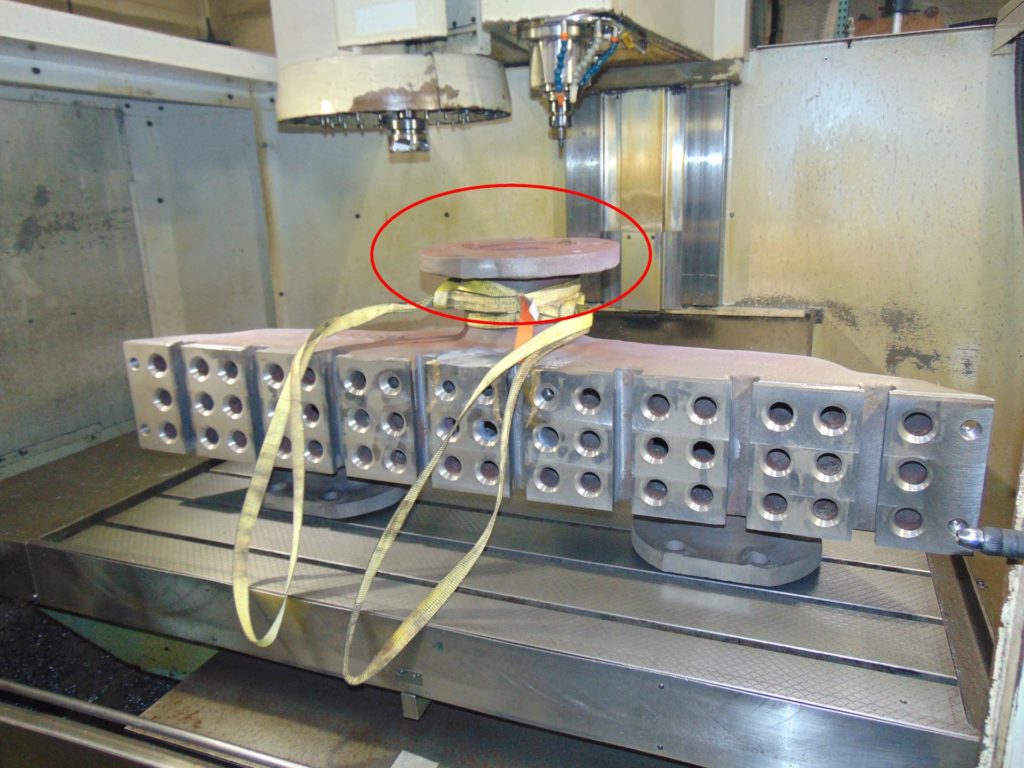
IMAGE 6: This is the superheater header. The input flange that connects to the dry pipe is circled in red.
Below is a better look at the superheater header’s sealing surface prior to machining (Image 7) and again just prior to installation (Image 8). The double sealing ring was machined as a separate piece. Below photos show it before being welded to the dry pipe (Image 9) and after (Image 10).
-
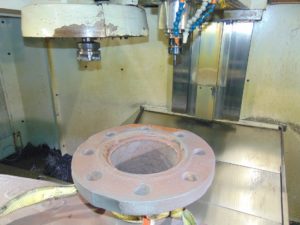
-
IMAGE 7: Superheater header input flange detail view.
-
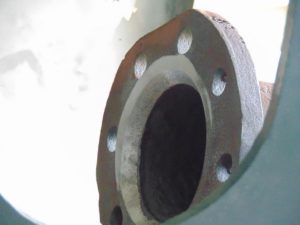
-
IMAGE 8: Superheater header input flange detail view.
-
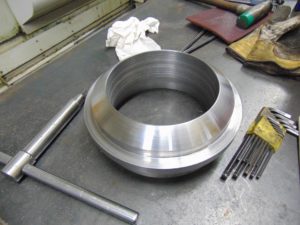
-
IMAGE 9: The double sealing ring for the smokebox end of the drypipe was machined as a separate piece.
-
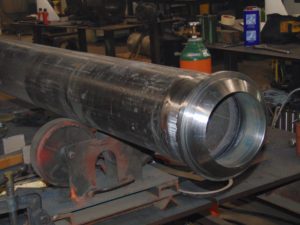
-
IMAGE 10: In this image, the double sealing ring has been welded to the dry pipe.
During installation, the dry pipe is slid through the flange in the smokebox toward the steam dome and throttle and can be seen almost in its home position (Image 11). The superheater header will be installed on the studs shown and will clamp down the dry pipe in order to achieve the necessary steam tight seal on both surfaces.
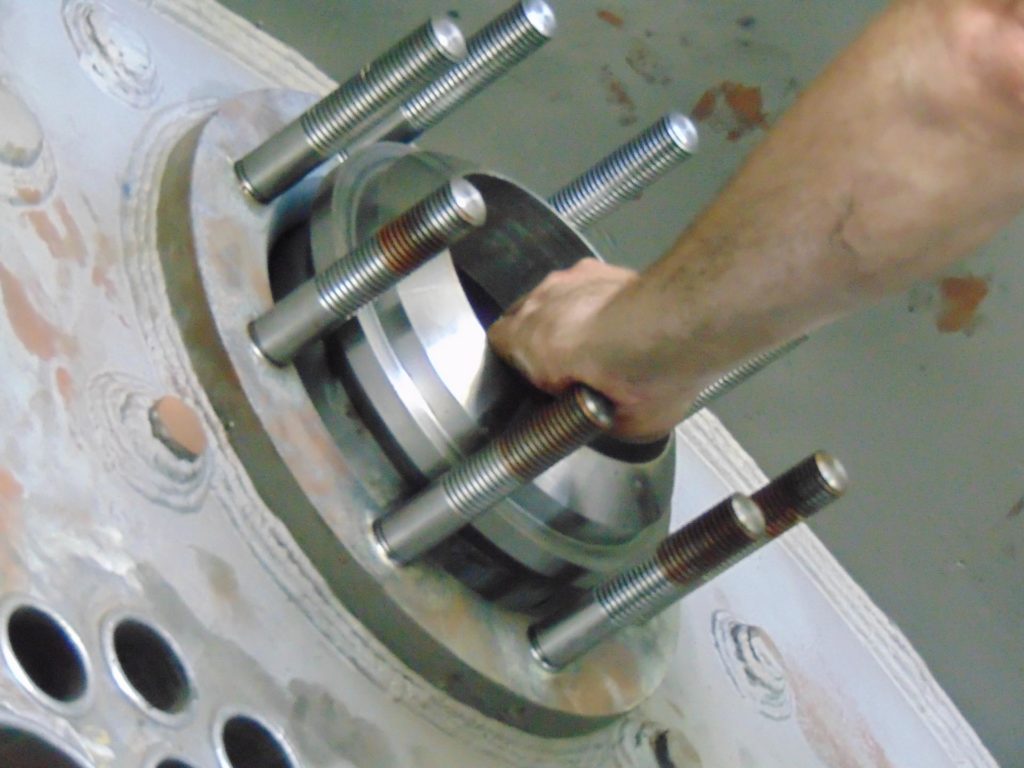
IMAGE 11: Viewed from inside the smokebox, the dry pipe is in the process of being inserted into the boiler. The studs surrounding it will support the superheater header.
The fitting work shown in this post was carried out in early July 2020. Be sure to keep an eye out for upcoming updates in which we’ll be detailing work on the throttle rod and superheater.
All photos in this update are by ML Deets unless otherwise noted.
